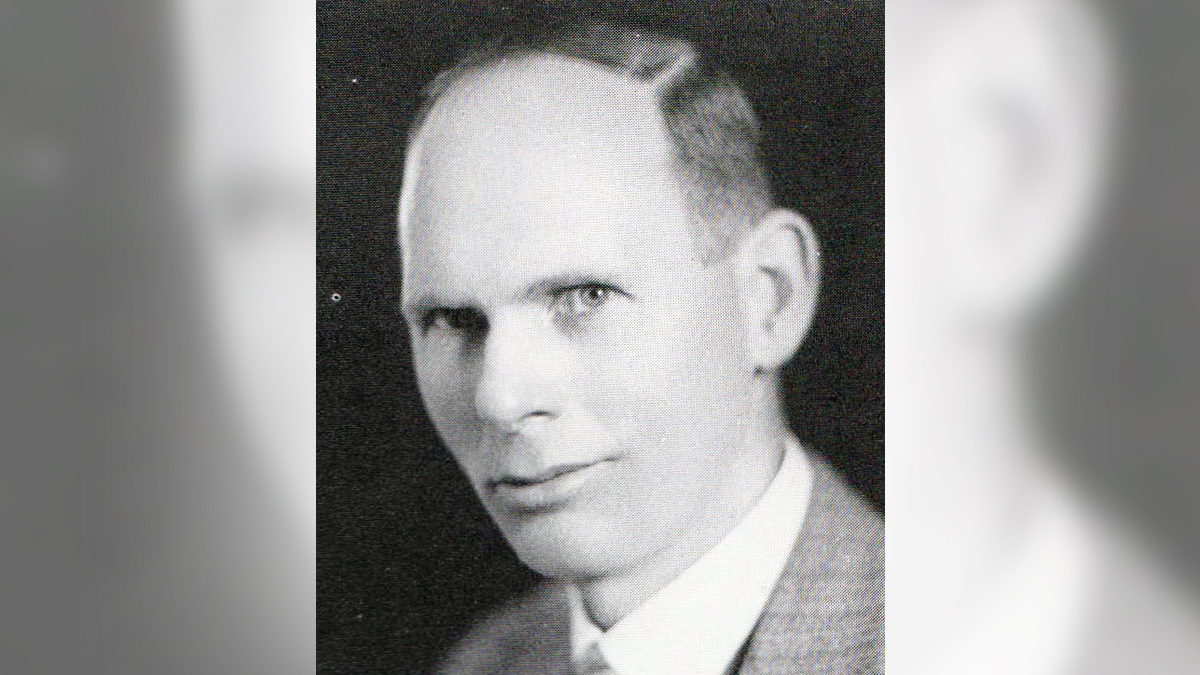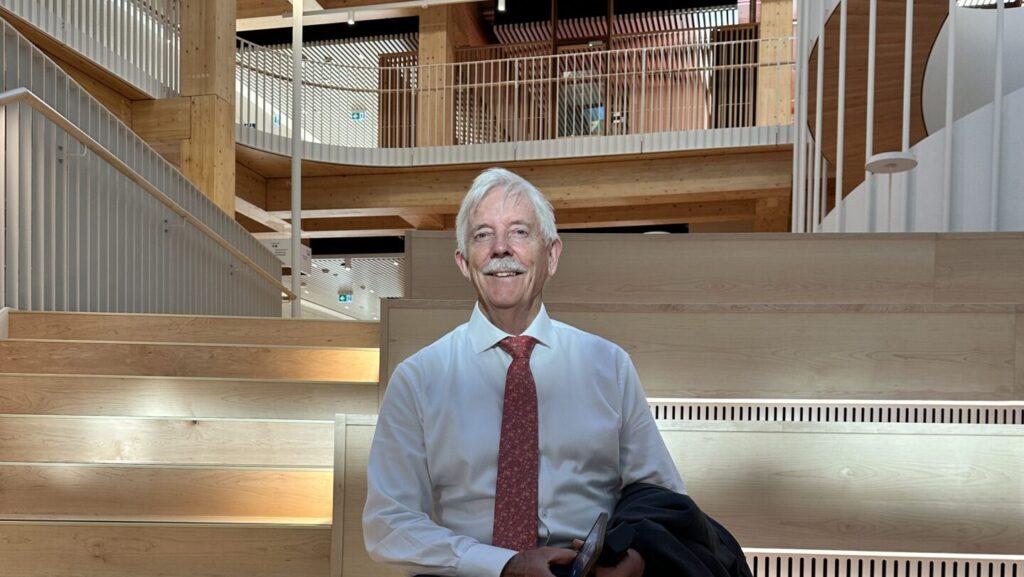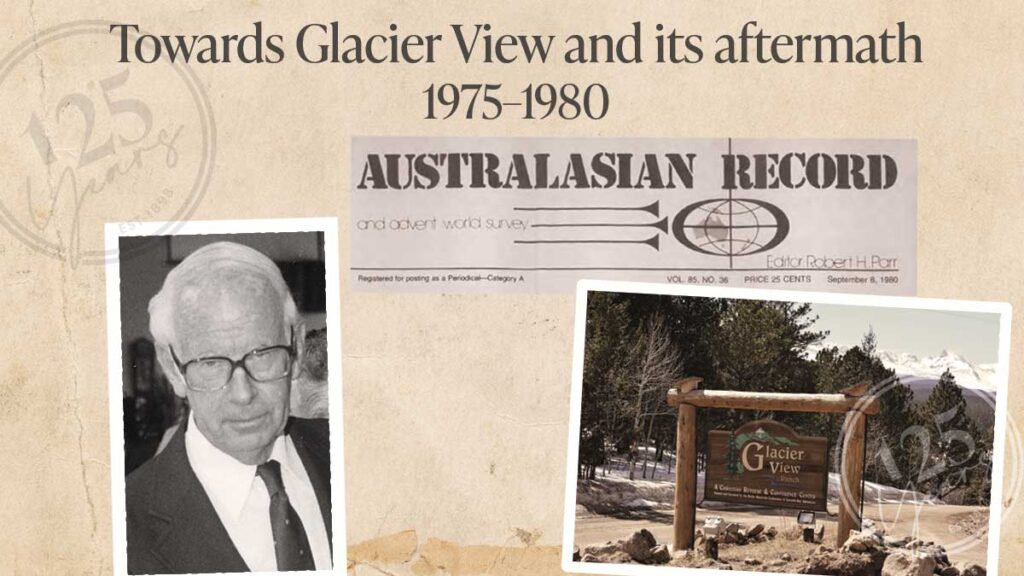George Thomas Chapman was born on April 28, 1896. His father, George Snr, was one of the early Adventists in Western Australia through the work of pioneer literature evangelists JM Johanson and FW Reekie in 1898. Thus, George Thomas Chapman grew up in a committed Adventist home.
After graduating from the business course at Avondale College, George began his lifelong denominational employment in February 1917 at the Sanitarium Health Food Company (SHF), initially in the Sydney depot and then at the Avondale factory before working as an auditor for the Australian Union Conference from 1920.
George married Lilian May Davies from South Australia and they had two daughters, Hazel Gwen (1918) and Laurel May (1920). Another daughter, Phyllis, was born much later.
From a beginning as a storeman and lift attendant, time as an accountant and then a brief stint as an auditor, George eventually became the chief executive of the SHF. He led the company through the difficult years of the Great Depression prior to World War II, growing the business at a time when many other commercial enterprises were shutting their doors.
He wrote at the time: “In the last 18 months of Depression we have had a modern miracle of God’s care in the health food work in this field. While businesses have been crashing all around us, and many others have been sustaining serious losses or at least making greatly reduced profits, and while they have been putting off their staffs [sic] and experiencing great difficulty in carrying on, the health food work has surpassed all previous records. Twenty eight per cent more health foods were sold during 1932 than during the previous year. Is not this wonderful? The first six months of this year our business has increased by 26 per cent compared with the first half of last year. We thank God for this.”
George’s strong faith, combined with remarkable business expertise, enabled him to reorganise sales methods. He began, in those difficult times, a building program, breathtaking in its vision, that was developed, extended and enlarged by his successors—in time, confounding his critics. George would have been deeply involved in the purchase of two competitor businesses, the Weet-Bix side of the Cereal Products Company and Cerix Puffed Wheat. These insightful acquisitions provided Sanitarium with the strong foundation that made it the great company it is today.
After serving as general manager of SHF from 1926 until 1936, George was sent to take charge of the denominational health food industry in the United States. He hit the ground running. George arrived in Southern California with the award-winning plans for the new Sanitarium factory back in Australia at Warburton. These same plans were accepted by the Loma Linda Foods Board and construction started in late 1937 on nine acres of land provided by the Southern California Junior College (now La Sierra University) just down the road from the campus.
A flake biscuit much like Weet-Bix, called “Ruskets”, was soon produced and in time more than 30 other vegetarian and mostly high protein products were on the market. George remained president of Loma Linda Foods until his retirement in 1962.
Someone who knew George well commented, “Chapman was sent to America and we lost the skill and expertise that this man had. He was a very astute businessman. He could read a balance sheet and understand the implication of the various parts. He knew how to choose the right people for important jobs and he had the best lot of salesmen that we have ever known. Unfortunately we lost them all as the other managers did not know how to hold them. There were 10 excellent salesmen in Melbourne and they all went to other businesses.”
TW Hammond commented, “Chapman would phone up and say he wanted to come down and talk over a particular position. I would say to myself that I would not give in to him if he wanted money, but when he would leave after talking to me, I would find that I had agreed with him, though I previously said that I would not give in to him.”
George’s great strengths were his pleasant personality, his understanding of finance and his thoughtful management. A great leader, who in the opinion of two who worked for him, was “head and shoulders above the rest and Australasia lost a most valuable man when he went to America”.
George died in 1982.
Lester Devine is director Emeritus of the Ellen G White/Adventist Research Centre at Avondale College of Higher Education.






